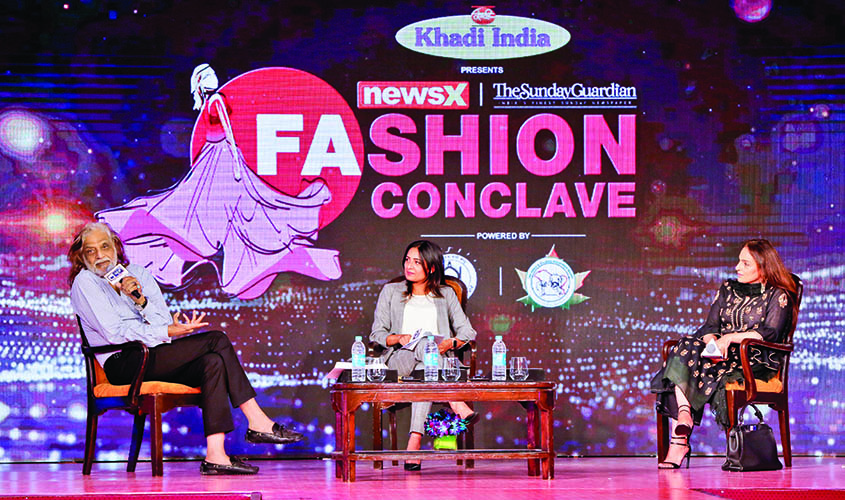Muzaffar Ali is a director, writer and fashion designer known for his films Gaman (1978), Umrao Jaan (1981), Congregation (1986). He spoke to us about his views on contemporary art and cinema in India, his inspiration behind his famous Kotwara experiment, and the importance of fabric in any creation.
Q. You have contributed a lot to the world of art and cinema. What are your thoughts on our culturetoday?
A. Art and cinema has to be used for a bigger cause, it cannot be used for pure business. They have to go above business and people with the right sensibility have to drive that. Art and cinema have to be very creative, they must advance the spirit of discovery, adventure.
Q. Could you tell us about the challenges you faced with the Kotwara project, aimed at creating jobs for artisans in your village?
A. The Kotwara experiment comes from my father’s ideology, which was that no one in this village should remain without food or clothes. He vowed with the abolition of zamindari in 1953 that he’ll wear hand-woven and handspun clothes till the mills are not naturalised. Therefore, he had resolved to empower people, to create livelihood for them. When my father passed away, I felt I had to take responsibility for this village. I started an employment roster—dwar pirozi—and out of that the whole Kotwara movement started. Then I added design to it because without design, craftsmanship can’t prosper. So you need to keep evolving according to the market. That is the essence of the Kotwara experiment, and it has little subdivisions and shades. For example, I started doing sericulture, which is growing silk and things like that.
Q. What do you think about women artisans and their status in society?
A. Many people have created cooperatives. Now women have come out to the forefront. They are creating, designing and marketing products. The exploitation element is there for even men. Both are almost equally exploited.
Q. What is the most important element for you in a creation?
A. Fabric is the key. I have created documentaries on how different fabrics and weaves are produced in different parts of India.

